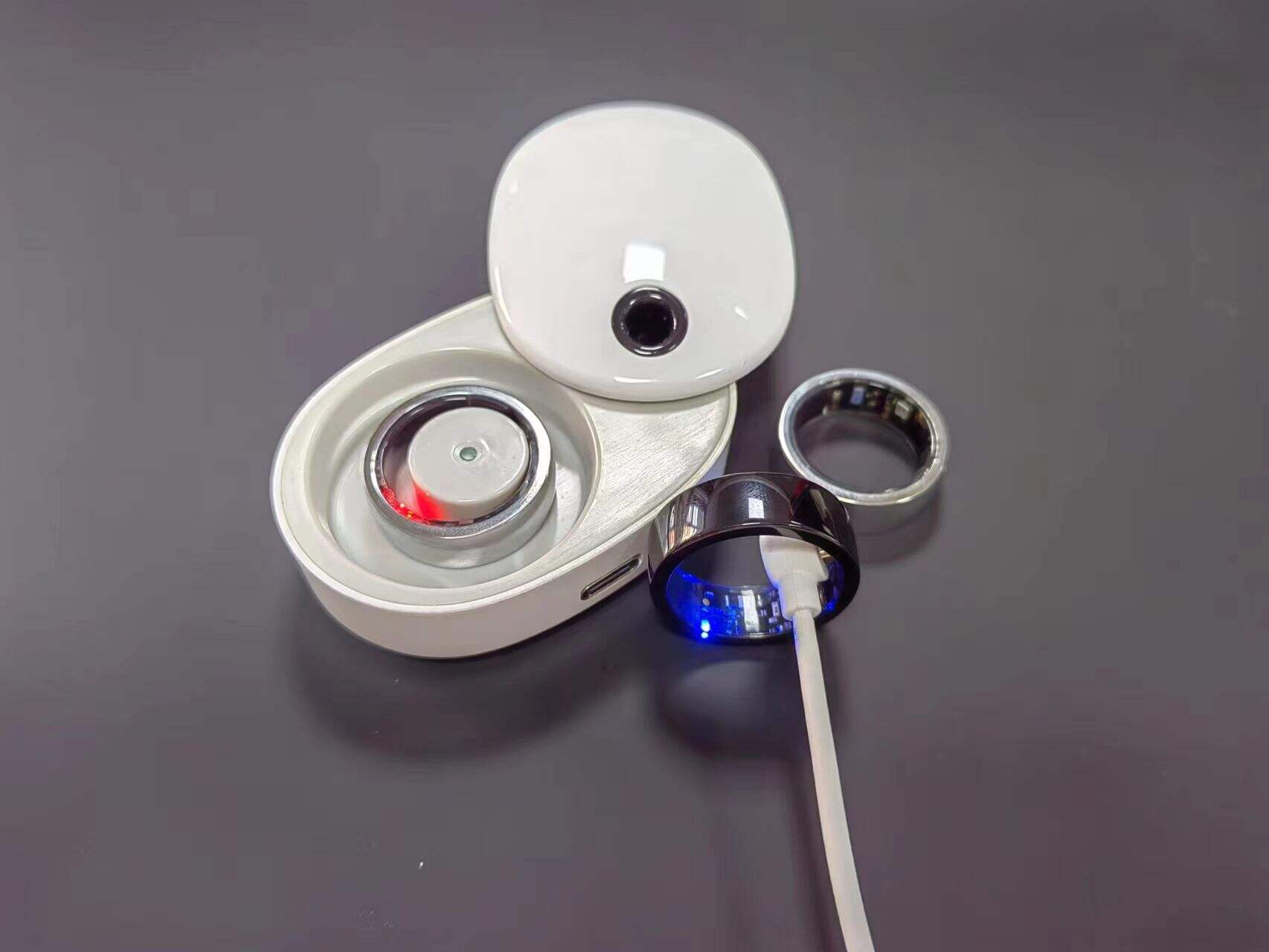What Are the Benefits of Female Pogo Pin Connector Design?
Female pogo pin connectors are specialized electrical components designed to create reliable, temporary or permanent connections in a wide range of devices. With a spring-loaded structure that allows for flexible contact, these connectors have become a popular choice in industries like consumer electronics, medical devices, automotive, and wearables. The unique design of a female pogo pin connector offers numerous advantages over traditional fixed-pin connectors, addressing challenges like space constraints, alignment issues, and durability needs. This guide explores the key benefits of female pogo pin connector design, highlighting why they are preferred for modern, compact, and high-performance devices.
Compact Size for Space-Constrained Devices
One of the most significant benefits of female pogo pin connector design is its compact form factor, making it ideal for small and miniaturized devices. Traditional connectors often require more space due to fixed pins, housing, or locking mechanisms, which can be a problem in devices like smartwatches, fitness trackers, or medical sensors where every millimeter counts.
A female pogo pin connector typically has a slim profile, with diameters as small as 1mm and heights as low as 2mm. This allows engineers to integrate them into tight spaces on circuit boards (PCBs) without sacrificing other components like batteries, chips, or sensors. The compact design also supports the trend toward thinner, lighter devices, as it eliminates the bulk of larger connectors. Whether in a tiny hearing aid or a sleek smartphone dock, the female pogo pin connector’s small size enables more efficient use of internal space, contributing to sleeker device designs and improved functionality.
Flexible Alignment Tolerance
Unlike traditional connectors that require precise pin-to-hole alignment, female pogo pin connector design includes a spring-loaded mechanism that allows for flexibility in alignment. This is a critical advantage in devices where perfect alignment during connection—whether during assembly, docking, or use—can be challenging.

The spring inside the female pogo pin connector allows the contact pin to move slightly (typically ±0.1mm to ±0.5mm) to meet the male pogo pin or contact surface. This tolerance for misalignment reduces the risk of connection failure due to minor shifts in the device, manufacturing variations, or user error. For example, in a wearable fitness tracker that docks on a charging station, the female pogo pin connector can still establish a secure connection even if the user places the device slightly off-center. In industrial equipment, where vibrations or movement might disrupt a fixed connection, this flexibility ensures consistent performance. This alignment tolerance simplifies device design, reduces manufacturing precision requirements, and improves user experience by making connections more forgiving.
Reliable Electrical Contact
Female pogo pin connector design prioritizes reliable electrical contact, ensuring consistent power delivery and data transfer even in demanding conditions. The spring-loaded mechanism maintains a constant pressure between the female connector and the male pin, creating a stable electrical path that minimizes resistance and signal loss.
Traditional connectors can suffer from intermittent contact due to wear, corrosion, or loose fits, leading to power drops, data errors, or device malfunctions. In contrast, the spring in a female pogo pin connector ensures that contact force remains consistent over time, even with repeated connections and disconnections. Many female pogo pin connectors also feature gold-plated contacts, which resist corrosion and oxidation, further enhancing conductivity and longevity. This reliability is crucial in applications like medical devices, where a stable connection is vital for patient monitoring, or in automotive electronics, where consistent performance ensures safety. Whether transferring power, data, or both, the female pogo pin connector’s design delivers the consistent contact needed for high-performance devices.
Durability and Long Lifespan
Female pogo pin connector design is built for durability, withstanding repeated use and harsh conditions that would degrade traditional connectors. The spring-loaded structure and high-quality materials ensure a long lifespan, even with frequent connections and disconnections.
Traditional pin connectors can wear out quickly due to friction between metal surfaces, leading to bent pins, loose fits, or poor conductivity. Female pogo pin connectors, however, are designed to handle thousands to hundreds of thousands of connection cycles. The spring absorbs much of the impact during contact, reducing wear on the contact surfaces. Additionally, materials like stainless steel for the spring and gold or nickel plating for the contacts resist corrosion, rust, and wear, even in humid, dusty, or chemical-exposed environments. For example, in medical devices that require regular sterilization or industrial tools used in harsh workshops, a female pogo pin connector maintains its performance longer than traditional connectors. This durability reduces the need for frequent replacements, lowering maintenance costs and improving device reliability over time.
Versatility in Applications
The design of female pogo pin connectors offers versatility, making them suitable for a wide range of applications across different industries. Their ability to support both power delivery and data transfer, combined with their compact size and durability, allows them to adapt to diverse device needs.
- Consumer Electronics: Used in smartwatches, smartphones, and tablets for charging docks, data syncing, or accessory connections.
- Medical Devices: Integrated into wearable health monitors, insulin pumps, or diagnostic tools for reliable power and data transfer in sterile environments.
- Automotive: Applied in sensors, dash cams, or in-car charging ports, where vibration resistance and durability are key.
- Industrial Equipment: Used in test fixtures, robotics, or machinery for temporary connections during assembly, testing, or maintenance.
- Aerospace: Employed in compact avionics or satellite components, where space and reliability are critical.
Female pogo pin connectors can also be customized in terms of pin count (from 1 to over 50), current rating (from low-power 0.5A to high-power 10A), and environmental resistance (waterproof, dustproof), making them adaptable to specific device requirements. This versatility ensures that female pogo pin connectors remain a go-to solution for engineers across industries.
Simplified Assembly and Maintenance
Female pogo pin connector design simplifies device assembly and maintenance, reducing production time and costs while improving ease of repair. Unlike traditional connectors that may require precise soldering, clamping, or locking mechanisms, female pogo pin connectors are often easier to integrate into devices.
Many female pogo pin connectors are surface-mount technology (SMT) compatible, allowing them to be soldered onto PCBs using automated reflow processes, which speeds up mass production. Their compact size also reduces the need for complex housing or alignment structures, simplifying the overall device design. For maintenance, female pogo pin connectors enable easy disassembly and reconnection. In devices that require regular servicing—like medical equipment or industrial sensors—technicians can quickly connect diagnostic tools or replace components without damaging fixed pins. This ease of use reduces assembly errors, lowers production costs, and makes repairs faster, minimizing device downtime.
Enhanced Safety Features
Safety is a key benefit of female pogo pin connector design, especially in devices used in close proximity to users or in critical applications. The design includes features that reduce the risk of electrical hazards, damage, or user injury.
The spring-loaded mechanism allows for gentle disconnection, preventing sudden tugs or pulls that could damage the connector or the device. For example, if a charging cable is accidentally pulled, the female pogo pin connector will separate smoothly instead of yanking the device or breaking the port. In medical devices, this reduces the risk of patient discomfort or equipment damage during use. Additionally, many female pogo pin connectors are designed with insulated housings that prevent accidental contact with live pins, reducing the risk of electric shock. For devices used in wet environments (like bathroom scales or outdoor sensors), waterproof female pogo pin connectors with IP ratings prevent moisture ingress, avoiding short circuits and ensuring safe operation. These safety features make female pogo pin connectors a reliable choice for user-centric and high-risk applications.
FAQ
Can female pogo pin connectors handle high-speed data transfer?
Yes, multi-pin female pogo pin connectors can support high-speed data transfer (up to 10 Gbps or more) when designed with proper shielding and contact materials. They are used in devices requiring fast data sync, like cameras or diagnostic tools.
Are female pogo pin connectors waterproof?
Many female pogo pin connectors are available with waterproof (IP67/IP68) ratings, featuring sealed housings and gaskets to prevent moisture ingress. These are ideal for outdoor or medical devices exposed to liquids.
How many connection cycles can a female pogo pin connector withstand?
High-quality female pogo pin connectors can handle 10,000 to 100,000+ connection cycles, depending on materials and usage conditions. Gold-plated contacts and durable springs extend their lifespan.
Can female pogo pin connectors replace traditional USB or charging ports?
In some devices, yes. They are often used as alternatives to USB ports in compact devices like wearables, offering a more space-efficient and durable connection solution.
Do female pogo pin connectors work with wireless charging?
They can complement wireless charging by providing a backup or faster charging option. For example, a smartwatch may use wireless charging daily but include a female pogo pin connector for faster data transfer or emergency charging.


 EN
EN
 AR
AR
 BG
BG
 HR
HR
 CS
CS
 DA
DA
 NL
NL
 FI
FI
 FR
FR
 DE
DE
 EL
EL
 HI
HI
 IT
IT
 JA
JA
 KO
KO
 PL
PL
 PT
PT
 RU
RU
 ES
ES
 SV
SV
 TL
TL
 IW
IW
 ID
ID
 LV
LV
 SR
SR
 UK
UK
 VI
VI
 GL
GL
 HU
HU
 TH
TH
 TR
TR
 AF
AF
 MS
MS
 SW
SW
 GA
GA
 CY
CY
 IS
IS
 BN
BN
 BS
BS
 NE
NE





